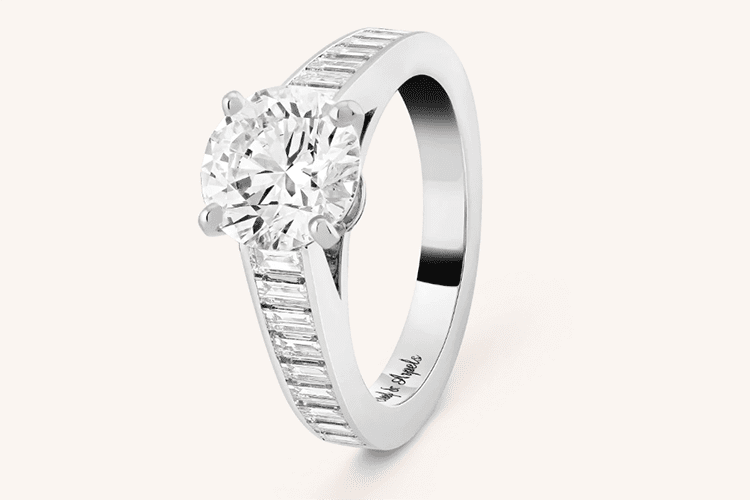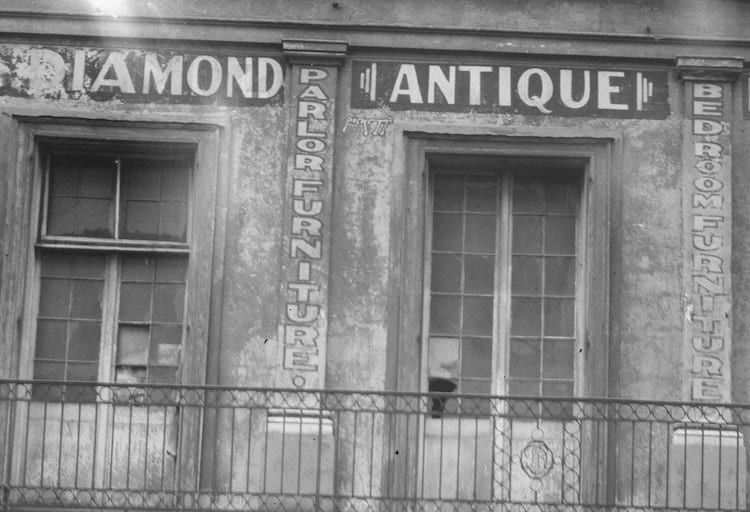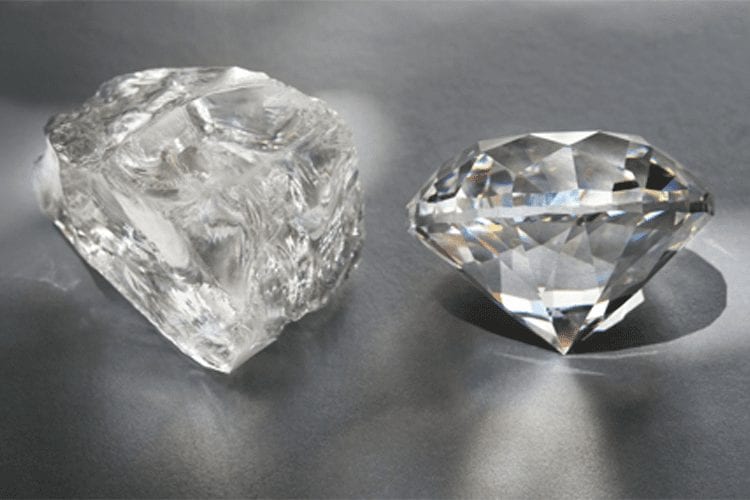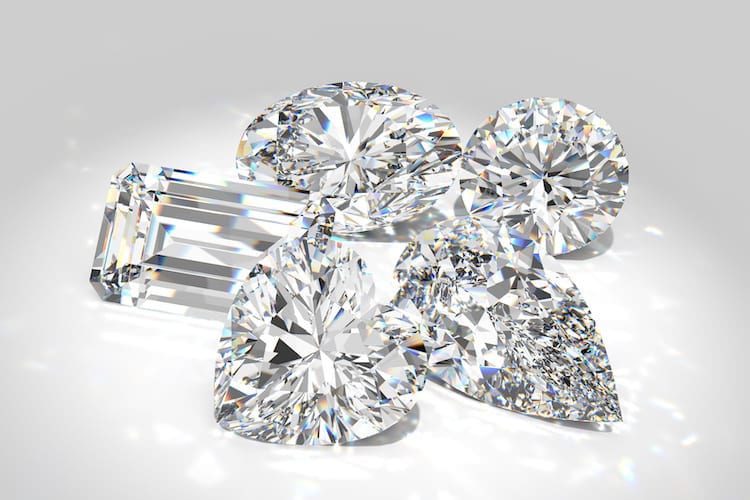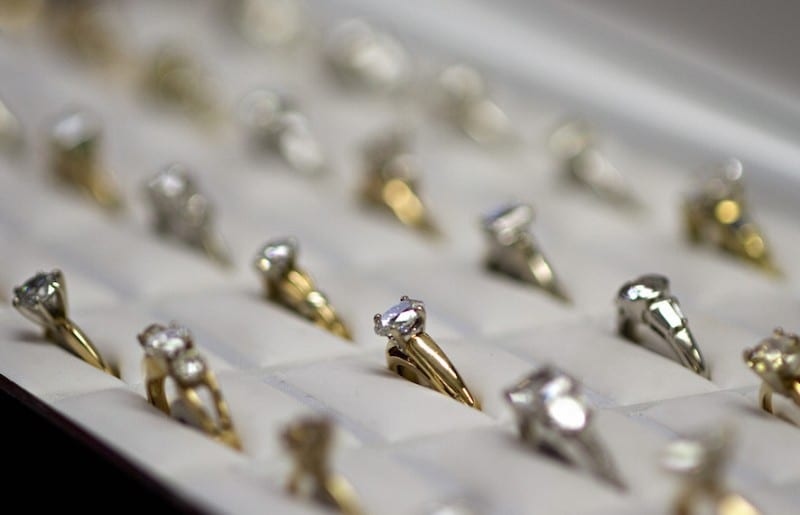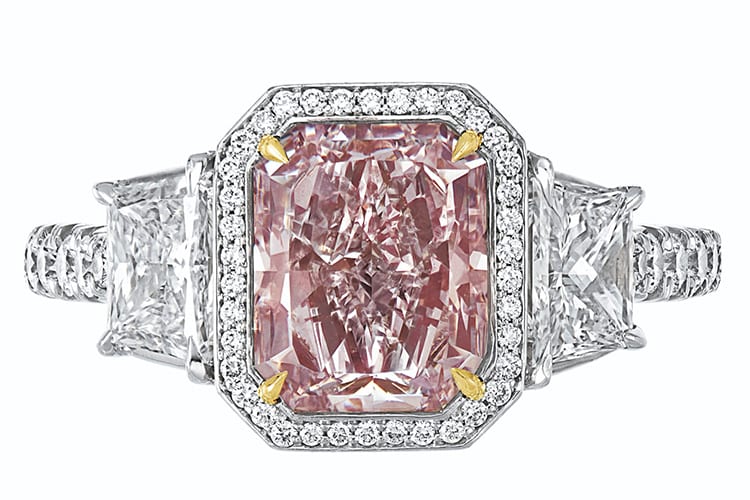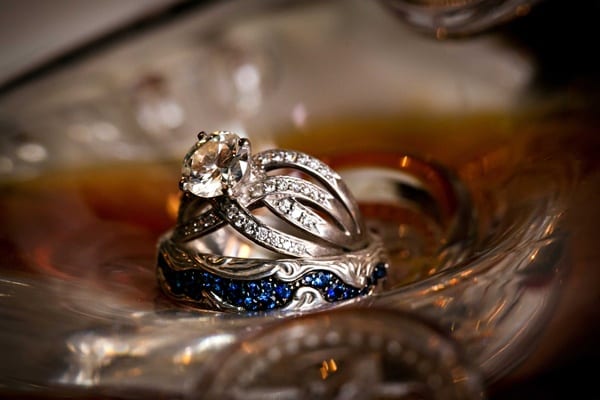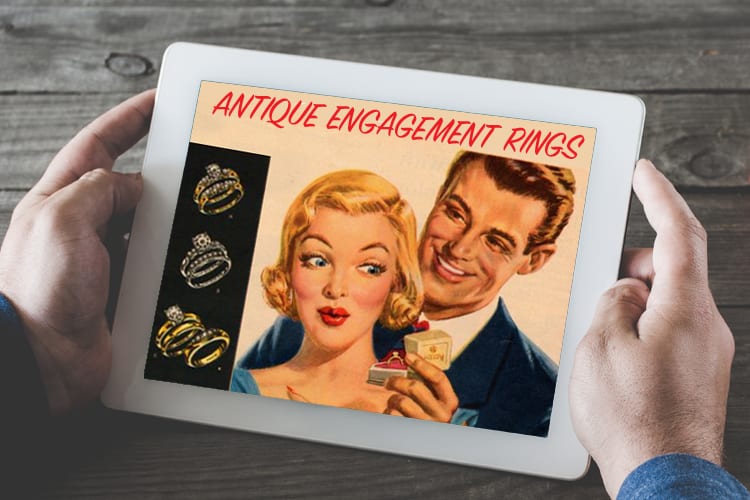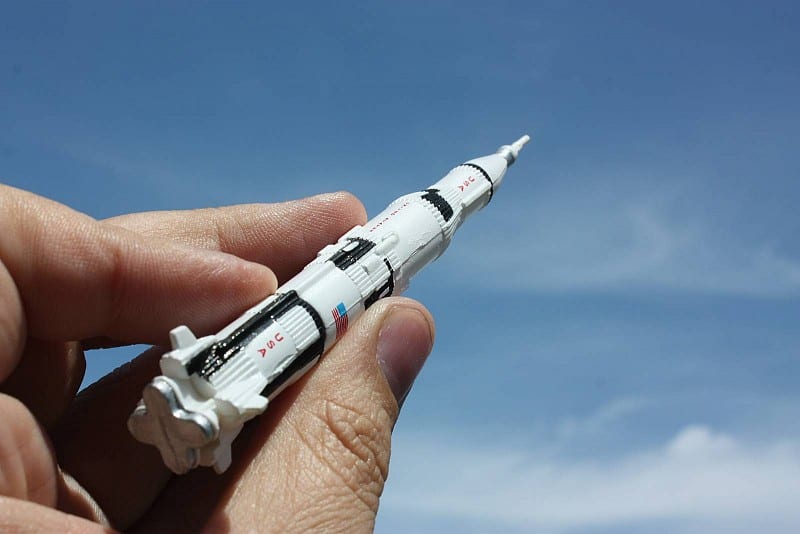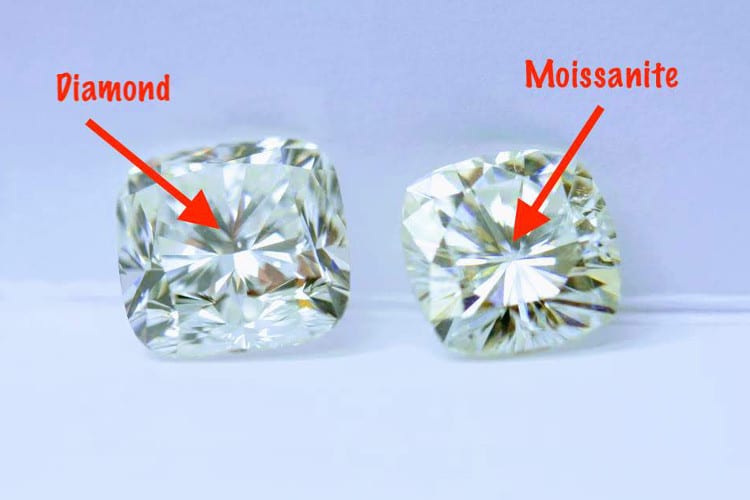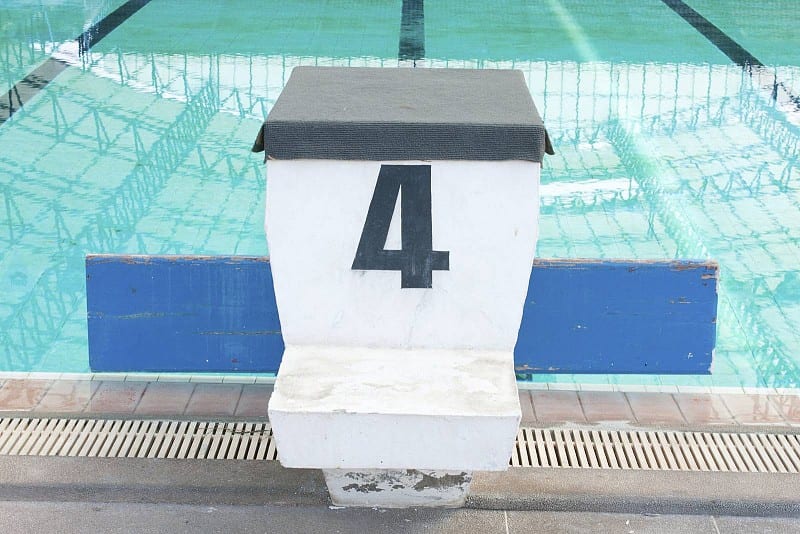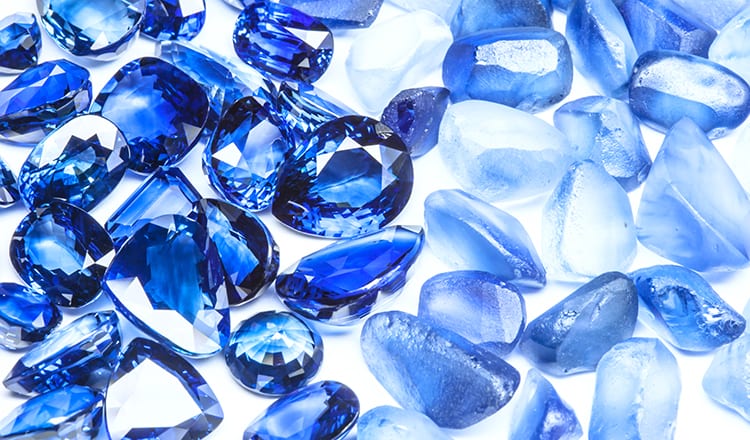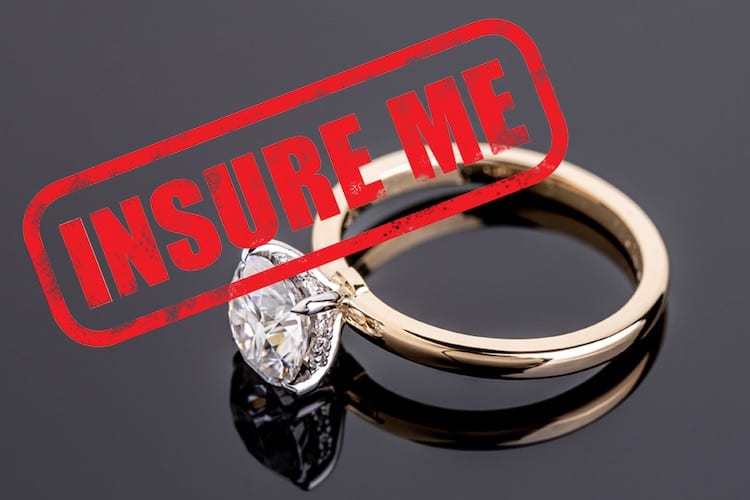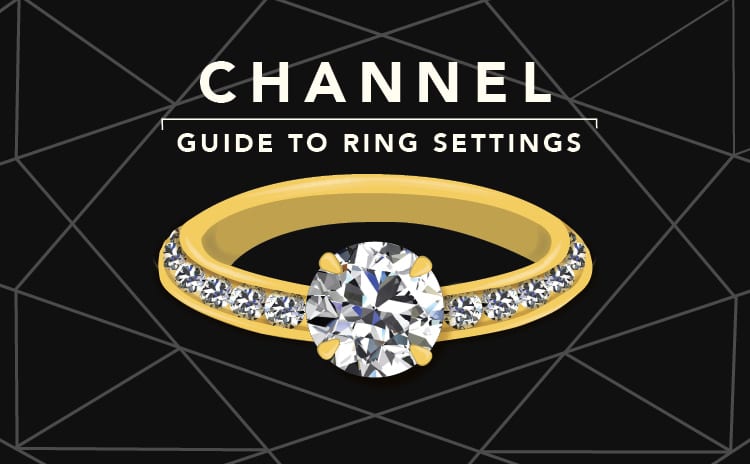
Why it’s good: Channel-set rings feature stones that are set without prongs, creating the illusion of a seamless band of pure sparkle.
Tip 1: Channel-set bands offer more diamond brilliance and security compared to some other types of rings.
Tip 2: Channel rings give the appearance of a never-ending stream of diamonds, which makes for a stunning band without the addition of a large center stone.
When most guys are shopping for an engagement ring, they’re focused on the size of the rock. While a big diamond is great, it is hardly the only thing that will make or break a ring. For a lot of women and gem experts, the size of the stone isn’t as important as the overall design of a ring. Think of it this way: You don’t buy a suit solely for the fabric — it’s about the cut, the style, and the fit. One of the factors that most greatly affects a ring’s design is how it’s set; the same stone can look totally different depending on how it’s mounted. When it comes to settings, a channel-set ring will yield a sleek, clean design with superlative sparkle.
So What, Exactly, is a Channel Ring?
The term refers to both a type of setting and a ring that utilizes that setting. Usually, gemstones are set with prongs — little metal arms that secure the stone in place — but a channel setting is prong-free. The name refers to this technical point of difference: instead of prongs, the stones are set in a channel between two bands of metal, which have grooves that are fitted to hold the stones in place. It’s a bit like sliding an iPhone into its case: the stones, like the phone, are snuggly held by metal bands. And like a phone case, a channel setting is one of the safest ways to set diamonds — because the stones are recessed, there is a significantly smaller chance that one will come loose or fall out.
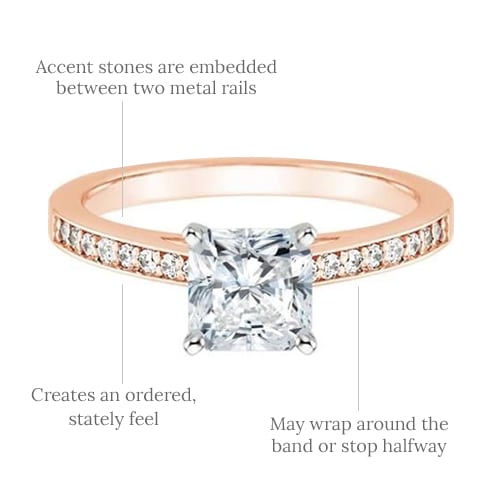
By securing the stones without the use of prongs, channel settings create the illusion of a seamless, never-ending band of gems. This makes a big difference in a ring’s overall sparkle, particularly when it features diamonds. In a pavé setting, each diamond is surrounded with tiny metal beads that act as prongs. All those bits of metal detract from the diamonds’ brilliance. Channel settings let diamonds shine, uninterrupted. Why then, you may be wondering, aren’t all diamonds channel-set? It’s a much more technically challenging way to mount a stone.
Ring design can make a diamond look awesome or awful — so you want to shop at places that have a large setting selection like Brian Gavin, Whiteflash, and James Allen.
When Were Channel Rings Invented?
Channel rings were first popularized during the Art Deco era, which was all about graphic, architectural lines. The sleek look of channel settings was perfectly suited to the time. Van Cleef & Arpels was one of the earliest pioneers of the technique — the brand is still famed for its “mystery setting,” so-called because the stones are seemingly set without any metal and that was a mind-boggling feat. Channel setting requires a lot of precision: the stones must be cut exactly right to fit together like puzzle pieces, and the metal grooves need to be perfectly sized to keep the stones in place.
This style of setting is most often seen in wedding bands and in eternity bands — which nod to both the endless stream of diamonds and the vow to love each other eternally. But it’s a technique that makes for particularly stunning engagement rings, too. A channel-set band can be accented with one large center stone, as a luxe alternative to the plain metal bands typically seen in solitaires, or it can hold its own as an eye-catching band. Marilyn Monroe and Audrey Hepburn are just two of the style icons who wore a channel-set band, sans center stone, in lieu of a more conventional engagement ring.
The Growing Popularity of Channel Setting Rings
Channel-set engagement rings experienced a resurgence in the ‘90’s — the style’s sleek look was an ideal match for the era’s minimalist fashion. And they are becoming increasingly popular again today, in traditional solitaires or more alternative bands. One of the great beauties of channel rings is their versatility; depending on the size and cut of stones used, channel rings can offer high-wattage glamour or elegant understatement. Here are 10 of our favorites that illustrate the setting’s range.
10 Types of Channel-Set Rings for All Budgets
Go to Whiteflash or James Allen to see what kinds of ring designs work best with that shape (and others). Their selection spans from vintage to modern — and across all budgets.
Channel settings lend themselves to a wide variety of diamond cuts. Here, a kaleidoscopic array of trillion-cut diamonds highlight the style’s geometric appeal. $23,320.
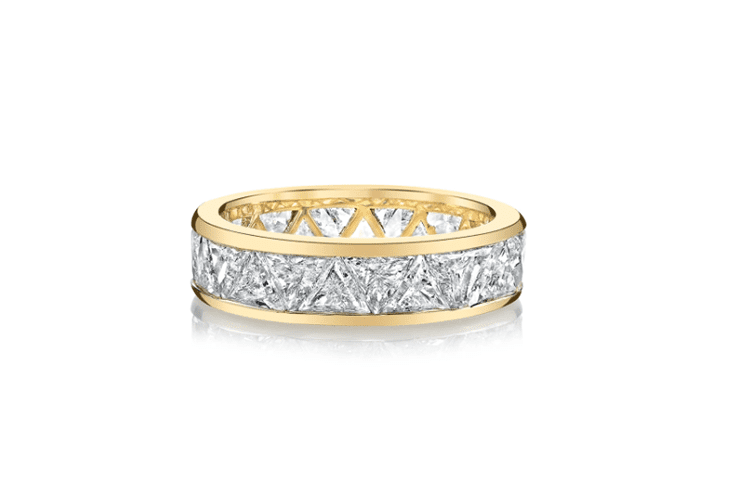
2. SINGLE STONE
With its old European-cut center stone and band of French-cuts diamonds, this vintage-inspired ring pays homage to the channel ring’s Art Deco heyday. $15,800.
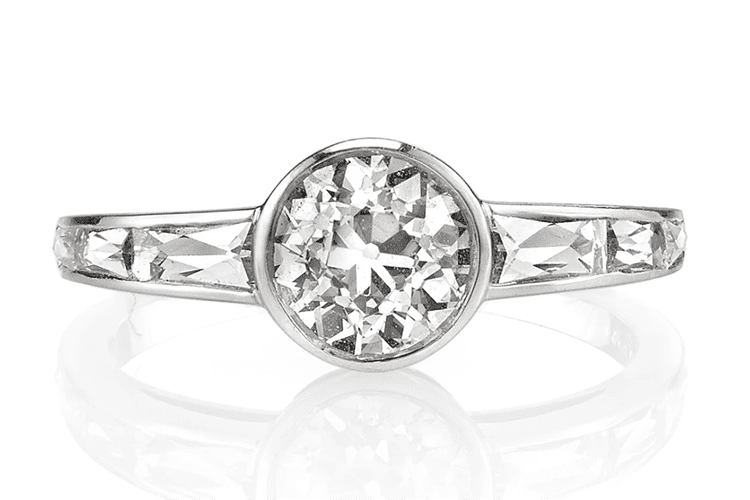
3. NAM CHO
This ring proves that you don’t need a center stone to make an impact. A band of channel-set baguettes is sandwiched between two thinner bands of pavé diamonds to create one dazzling, readymade stack. Price upon request.
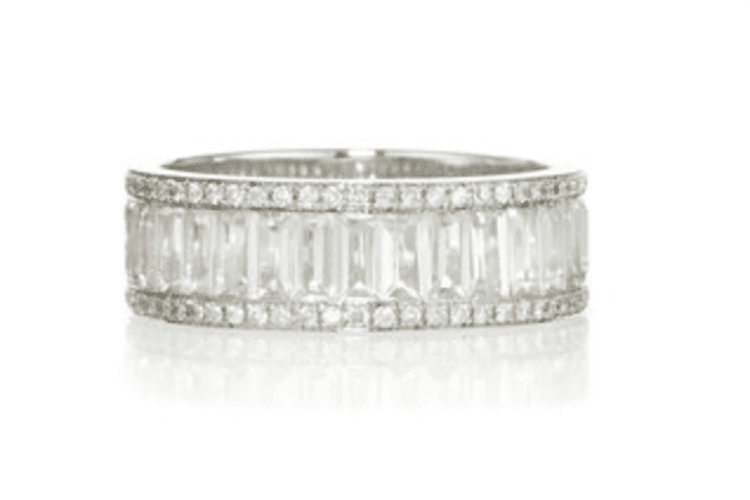
4. AZLEE
A sly riff on traditional solitaires, this ring features a hexagonal diamond set on a band of channel-set baguettes. It’s a classic made thoroughly modern. Custom order, price upon request.
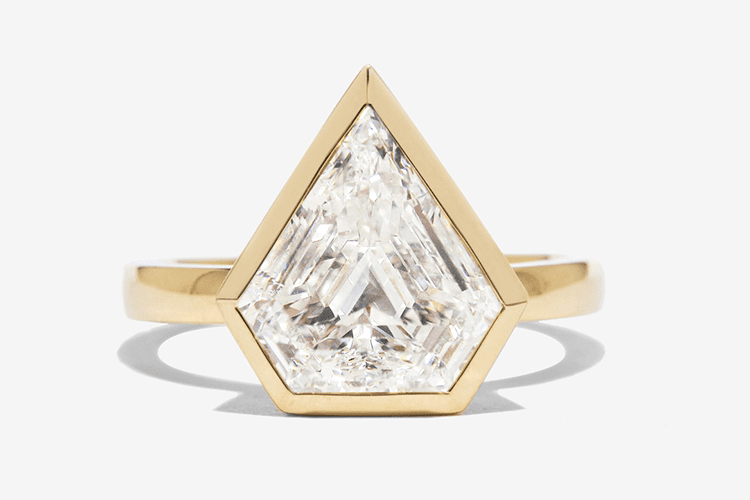
5. MICHAEL M
The superlative sparkle of round-brilliants is showcased in this stunner, with a center stone framed by a halo of diamonds in varying sizes atop a band of channel-set diamonds. $5,340, excluding center stone.
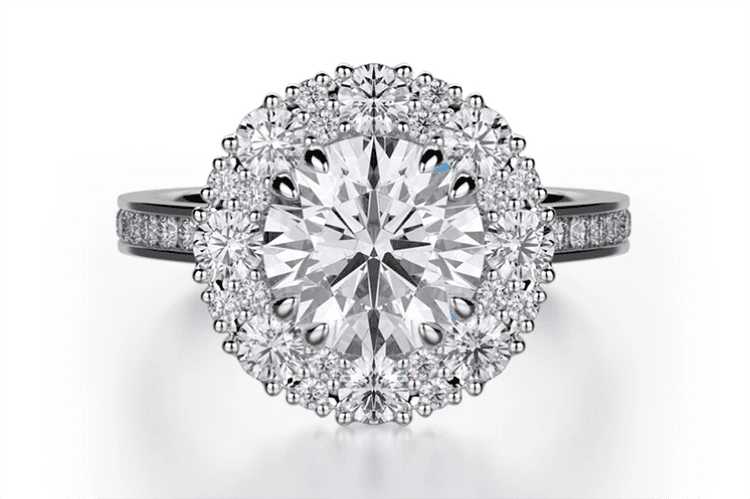
Looking for an engagement ring with an alternative edge? This piece has you covered with a square-cut center stone seemingly suspended between two ribbons of rose gold, accented with custom-cut baguettes. $10,470.
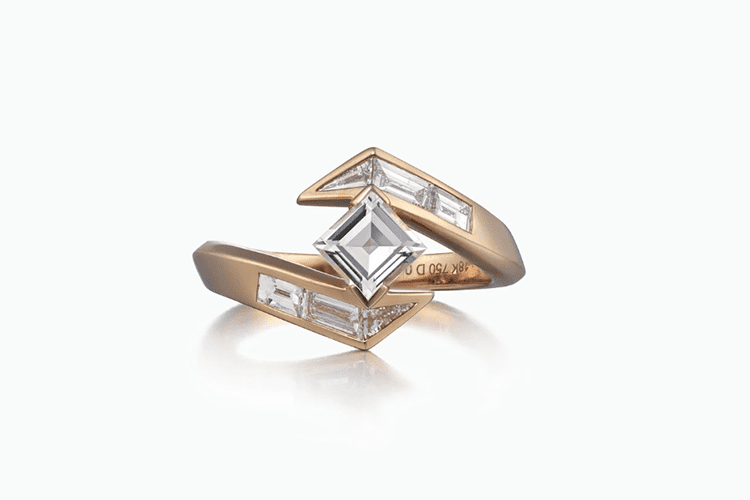
7. TIFFANY
This ring’s band of sizable round-brilliant diamonds lends it an air of unabashed glamour, amplified by the eye-catching sparkle afforded by the channel setting. From $6,000.
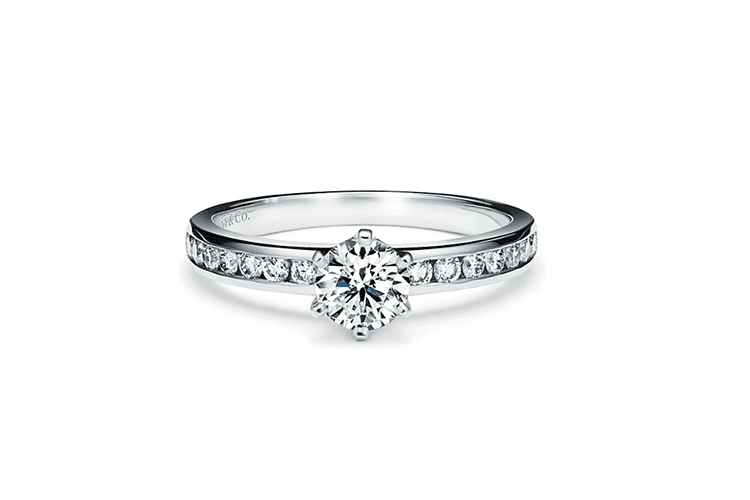
8. SELIN KENT
Sleek and elegant, this channel-set band features over 4 carats of diamond baguettes and is a near identical match to the engagement ring Joe DiMaggio gave Marilyn Monroe. Price upon request.
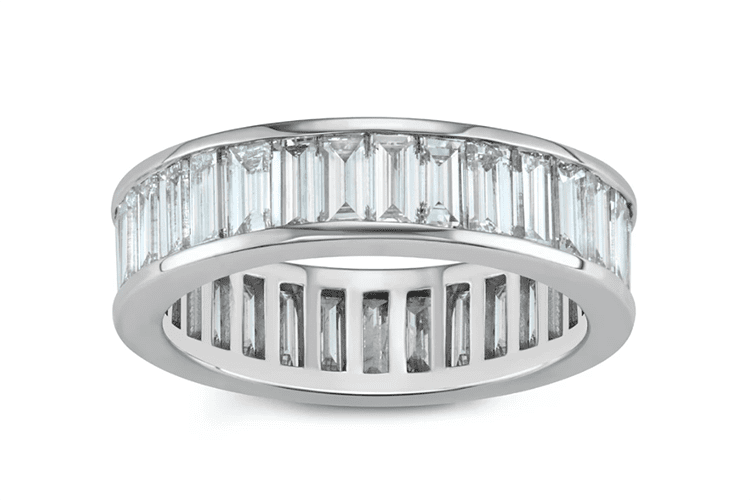
9. JAMES ALLEN
Princess-cut diamonds combine the geometric lines of a square-cut with the many facets of round brilliants. Here, they are channel-set to create a seamless band of exceptional brilliance. $2,540.
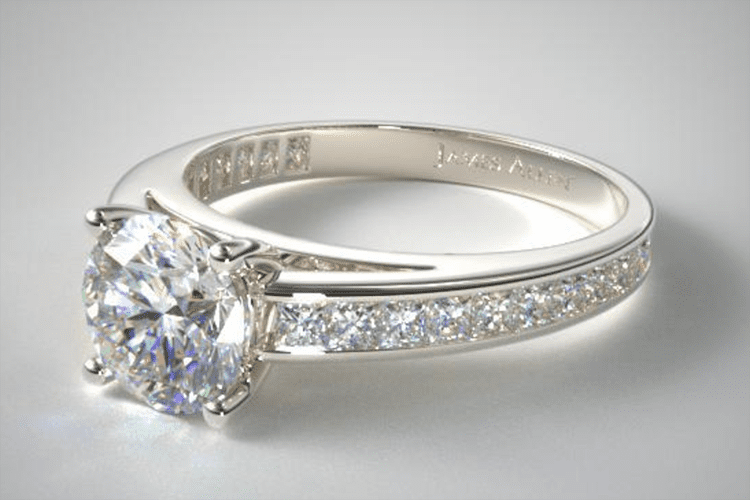
In this ring, a band of channel-set diamond baguettes transforms a classic solitaire from basic to exquisite. $158,000.
